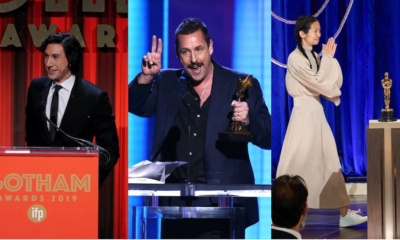Another awards season, another round of complaints that there are few good roles for actresses, unless you’re Meryl Streep. And yet, this year’s awards-hopeful movies featured terrific performances by actresses in a wide variety of multifaceted roles. If anything, the 2011 crop of potential Best Actresses and Best Supporting Actresses include fully realized female characters who are much more fascinating than their male counterparts.
Actress Robin Wright (herself criminally overlooked for her 2011 starring role in “The Conspirator”) was one of the first to notice this, proclaiming 2011 “the Year of the Woman” while presenting earlier this month at the Critics Choice Awards. Awards Daily blogger Sasha Stone picked up the theme and ran with it, echoing Wright’s citation of “Bridesmaids” and “The Girl With the Dragon Tattoo” and adding some other strong female characters who put their stamp on 2011, including the ensemble of “The Help,” Chloe Moretz’s aspiring writer in “Hugo,” Kathy Bates’ Gertrude Stein and Marion Cotillard’s bohemian Adriana in “Midnight in Paris,” savvy teen Shailene Woodley in “The Descendants,” Berenice Bejo’s rising starlet in “The Artist,” Tilda Swinton’s haunted mom in “We Need to Talk About Kevin,” and, of course, Michelle Williams’s Marilyn Monroe in “My Week With Marilyn” and Streep’s Margaret Thatcher in “The Iron Lady.”
Still, Stone sees this trend as a blip in an otherwise boring awards race. I’m not so sure. Besides the roles she mentioned, there were many others of note — Glenn Close and Janet McTeer playing women living as men in 19th-century Ireland in “Albert Nobbs,” Keira Knightley’s psychoanalytic pioneer in “A Dangerous Method,” Vanessa Redgrave as Shakespeare’s fiercest mom in “Coriolanus,” Mia Wasikowska in the title role in “Jane Eyre,” Anna Paquin as a tormented teen in “Margaret,” Elizabeth Olsen as an escapee from a cult in “Martha Marcy May Marlene,” Kirsten Dunst as a depressed bride awaiting the end of the world in “Melancholia,” Carey Mulligan as the sex-addict’s sister with intimacy issues of her own in “Shame,” and Charlize Theron’s bitter writer in “Young Adult.”
By contrast, look at the men’s roles up for consideration this year. Many of them are subtle and even recessive — Brad Pitt and Jonah Hill’s thoughtful number crunchers in “Moneyball,” Ryan Gosling’s nameless and enigmatic wheelman in “Drive,” Gary Oldman’s nearly silent intelligence bureaucrat in “Tinker, Tailor, Soldier, Spy,” and Jean Dujardin and Max Von Sydow’s wordless characters in “The Artist” and “Extremely Loud and Incredibly Close,” respectively. Only a handful of men’s roles (Christopher Plummer’s gay senior in “Beginners,” Albert Brooks’ vicious gangster in “Drive,” Leonardo DiCaprio’s decade-spanning Hoover in “J. Edgar,” Michael Fassbender’s sexual compulsive in “Shame”) offered the kind of juicy, sink-your-teeth showiness that wins Oscars and that was par for the course for this year’s actresses.
What’s noteworthy about most of these women’s performances is that they stand independently, even when there are strong male performances in the movie as well (as in “The Artist,” “Shame,” and “Martha Marcy May Marlene”). The women are fully-rounded characters on their own; they’re not defined by their relationship to the men in their lives. This is most strikingly true of the female ensembles in “Bridesmaids” and “The Help.” It’s astonishing enough to have one such mainstream Hollywood movie in a year, but to have two almost seems an embarrassment of riches.
Granted, most of the great female roles offered by mainstream Hollywood this year were packed into just those two movies; most of the others were in art-house films that few moviegoers have seen (though that may change as Oscar night approaches and year-end indie films open wider across the country). Indeed, in mainstream movies, the old complaint is still valid that there aren’t enough well-rounded roles for actresses. But then, Hollywood doesn’t offer enough well-rounded roles for actors either; in fact, Hollywood seldom does well-rounded anymore. It does comic books and action extravaganzas and cheap horror chillers and broad comedies. It leaves dramas to the indie world. It’s no wonder, then, that A-list stars routinely drop their asking prices to appear in indie movies. The parts are more interesting and more likely to win awards.
Maybe 2011 really wasn’t that different, then. Maybe there have always been fascinating roles for women, just not where most moviegoers have been looking. Women moviegoers have long known, if they want to see women as fully human as themselves on screen, they can’t just stick to mainstream date-night movies that presents women (even romantic comedy heroines) as mere arm-candy to men. Then again, if Hollywood executives didn’t treat every successful, female-driven movie as fluke, if they recognized that movies like “Bridesmaids” and “The Help” represent a demographic of half the population that will pay to see women like themselves in movies, and if they decided to cater to that demographic and not just to teenage boys — well, then we’d really see a Year of the Woman at the multiplex.

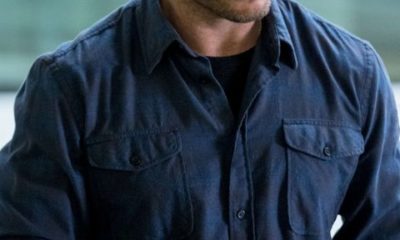

 Movies News6 years ago
Movies News6 years ago
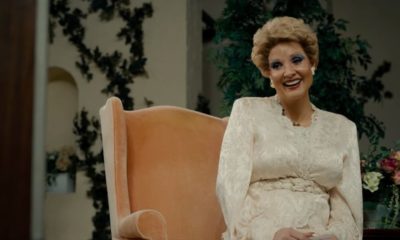

 Movies News4 years ago
Movies News4 years ago
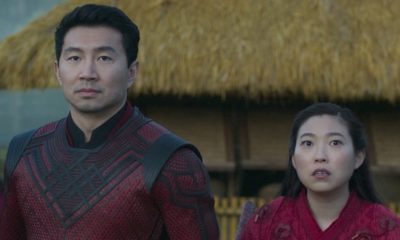

 Movies News4 years ago
Movies News4 years ago
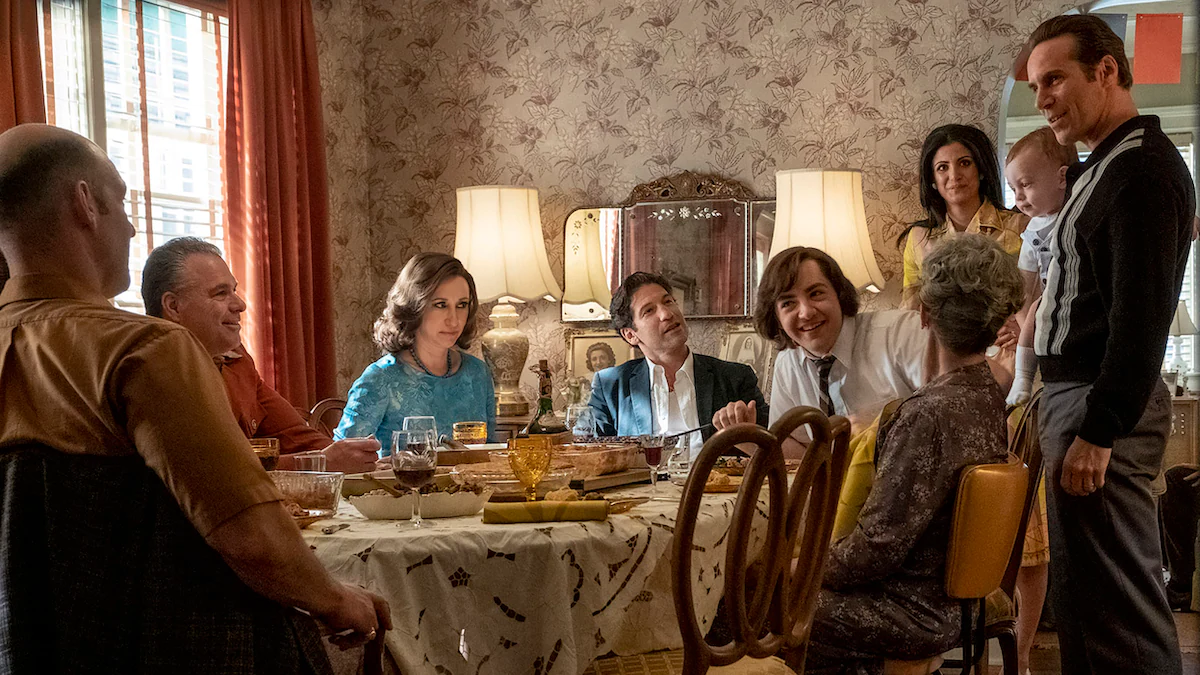

 Movies News4 years ago
Movies News4 years ago
